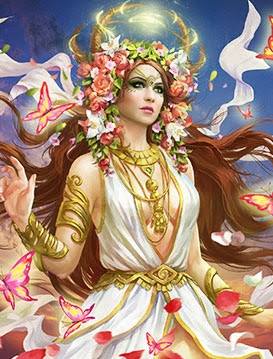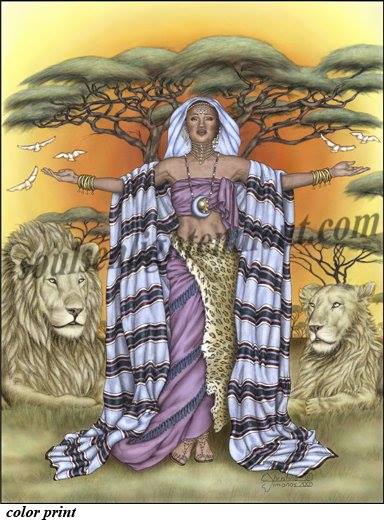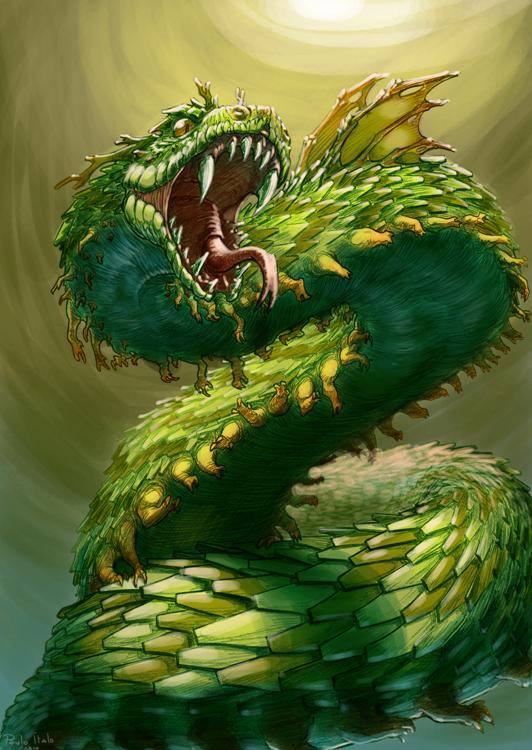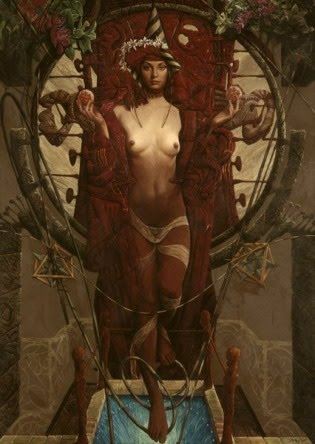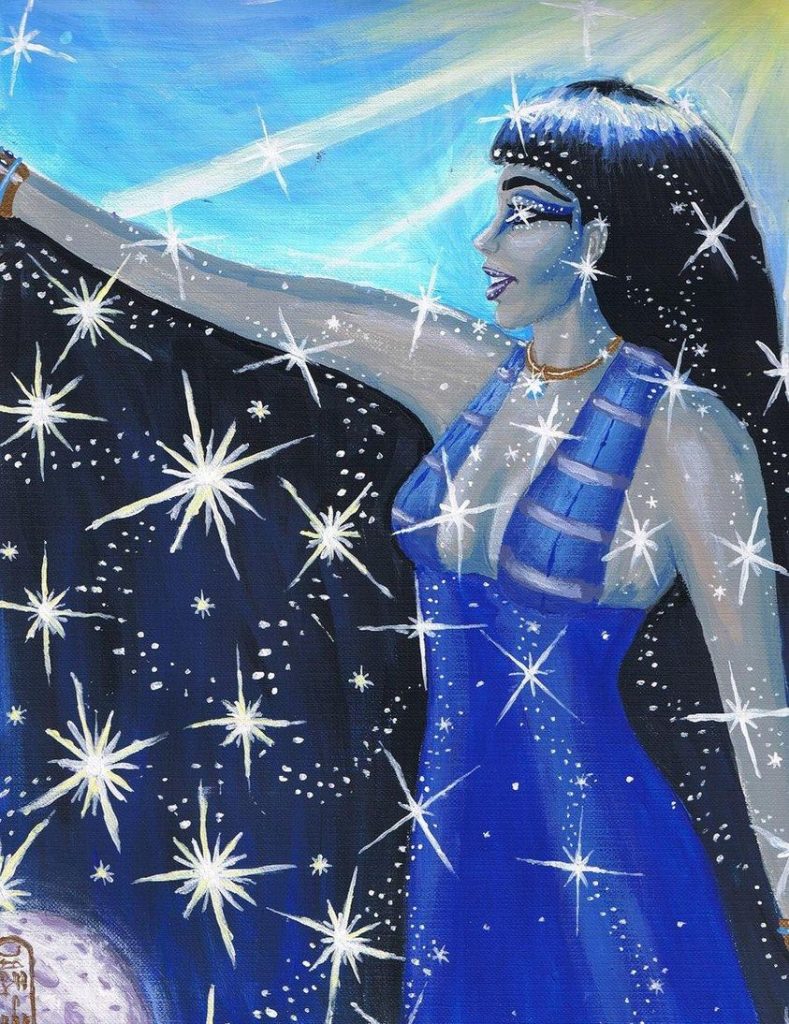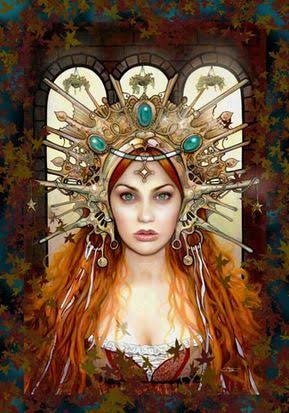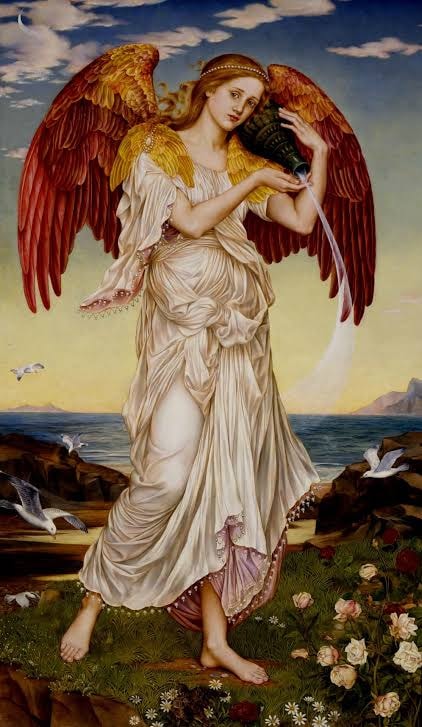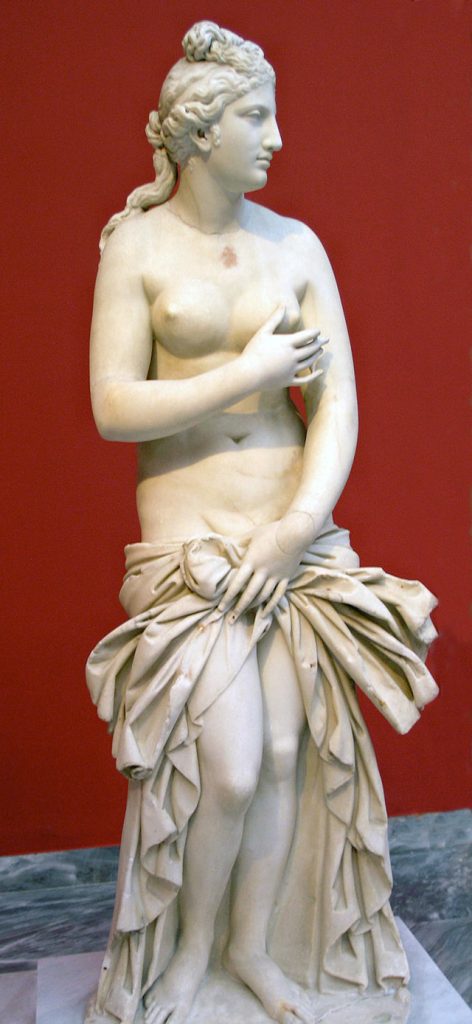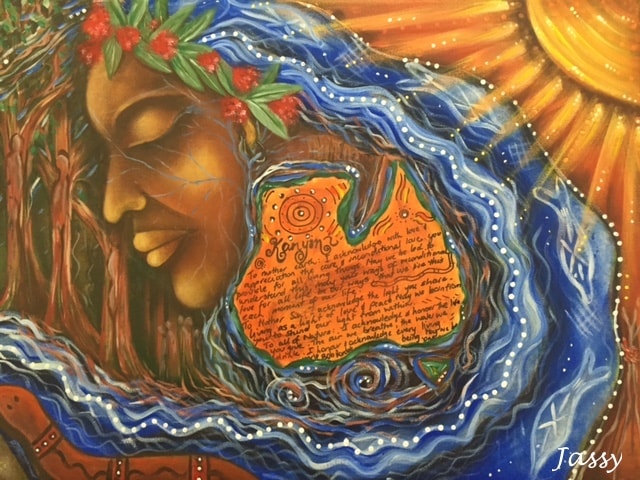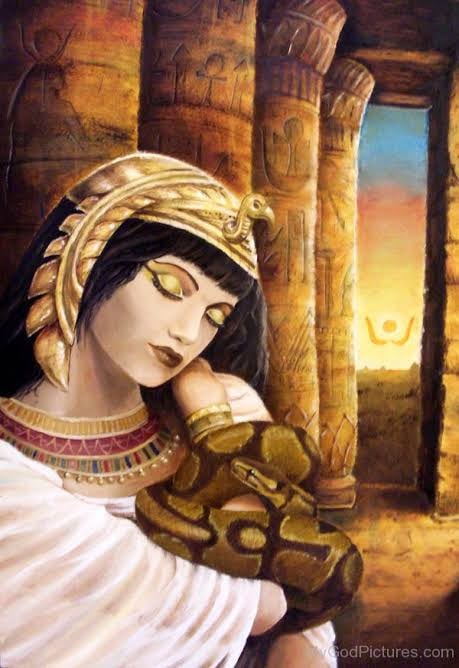Hauntings by ghosts and poltergeists are sometimes blamed on witches and witchcraft, particularly in areas where fear of magic runs high.
In Brazil, for example, where fear of magic is strong among the working class, many cases of poltergeist activity are attributed to witches’ curses laid on families.
The notion that witches were responsible for ghosts and hauntings took root on the Continent and in the British Isles after the Protestant Reformation of the 16th century.
The belief that dead men walk the earth as ghosts has been universal since ancient times.
The Catholic Church used ghosts to its own ends, teaching that they were the souls of those stuck in purgatory, who could not rest until they atoned for their sins, and that they were sent by God to roam the realm of the living.
The Reformation rejected the concept of purgatory and said all souls went straight to heaven or hell, from which they never emerged.
This required a new explanation for ghosts.
In general, the Protestant church denied their existence, claiming that ghosts were a Catholic fraud used to manipulate the masses.
Those who did see ghosts were led to think that they were caused by the Devil, demons and witches, who also were manipulating the populace in a battle for souls.
Two camps formed: those who dismissed ghosts as foolishness and those who saw ghosts as proof of demonic forces.
James I of England, who said there existed a “feareful abounding” of witches in the land, gave credit to the Devil for all ghosts.
Witches, being viewed as the servants of the Devil, were automatically connected to apparitions and hauntings.
During the 17th century, hauntings often were blamed on the witchcraft of malicious neighbors or relatives.
It was not uncommon to call upon the services of another witch or wizard to exorcise the haunting.
The Drummer of Tedworth. One of the most famous cases of alleged witchcraft-caused hauntings was a poltergeist case, the Drummer of Tedworth, which took place in England in 1661.
In March of that year, the drummer had been annoying the town of Ludgarshall, Wiltshire, with his drum beating. John Mompesson, of the neighboring town of Tedworth (formerly Tidworth), had the man taken before the justice of the peace.
The drum was confiscated, and given to Mompesson to secure in his own home.
The drummer persuaded the constable to release him, and he left the area.
In April, during Mompesson’s absence, a violent storm of poltergeist activity erupted in his house, frightening his wife, children and servants.
It began with a drumming noise heard outside the house and on top of it, which then moved indoors to the room where the confiscated drum was kept.
For more than two years, this and other bizarre phenomena occurred at irregular intervals, creating widespread interest and drawing curious visitors.
The children and servants saw apparitions and the younger children were levitated in their beds.
Some of the lesser phenomena—scratchings and pantings heard near the children’s beds—were heard by Joseph Glanvil, who chronicled the case in Saducismus Triumphatus (1668).
Manifestations of the Devil ghosts, hauntings and witchcraft.
Glanvil also reported the following:
chairs walked about the room by themselves;
a servant was chased by a stick of wood, while another was held by an invisible force;
sulphurous and other foul odors filled the air, which became hot;
clothing and children’s shoes were thrown about; the sounds of coins jingling were heard; doors opened and shut violently by themselves; blue, glimmering lights were seen; footsteps and the rustling of invisible, silklike clothing were heard;
clawlike marks were found in ashes, along with unintelligible letters and numerous circles; lighted candles floated up the chimney, and singing was heard in the chimney; a horse was found with its hind leg stuffed into its mouth so firmly that it took several men to pry it out with a lever;
a servant saw “a great Body with two red glowring, or glaring eyes” standing at the foot of his bed; chamber pots were emptied onto beds, and a knife was found in one bed; and pocket money mysteriously burned black.
The telltale phenomenon, however, was the words, “A Witch, A Witch,” heard “for at least a hundred times” one morning in the children’s room.
The Mompesson household believed itself to be in the grip of a witch-sent demon or the Devil himself.
Mompesson was approached by a wizard, who said the disturbances were caused by a “rendezvous of witches” and offered to perform an exorcism for 100 pounds.
Mompesson apparently did not accept.
The vagrant drummer eventually surfaced in court again, this time at the Salisbury assizes where he was tried on theft charges, convicted, and sent to the Gloucester goal.
When a Wiltshire man visited the drummer, the drummer asked for news and was told there was none.
The drummer reportedly replied, “No, do you not hear of the Drumming at a gentlemen’s house in Tedworth? I have plagued him (or to that purpose) and he shall never be quiet, till he hath made me satisfaction for taking away my Drum.”
The drummer was swiftly charged with witchcraft and tried at Sarum.
Numerous witnesses to the poltergeist activities testified against him.
The court banished the drummer and he left the area.
Rumors surfaced later that in his wanderings he raised storms and frightened seamen.
As long as he was gone, the Mompesson house was quiet, but whenever he returned to the area, the disturbances began again.
Glanvil does not say if the Mompessons were plagued indefinitely or if the problem eventually went away.
Modern witchcraft, ghosts, and hauntings.
Witches are often blamed for hauntings in societies that have such expectations.
In the industrialized West, only a small percentage of cases—less than 10 percent—are attributed to witchcraft.
Many contemporary witches exorcise haunting spirits.
Like psychics, clerics, and paranormal investigators, they are called into a home or building to send on the spirit of a departed animal or person.
The witch contacts the spirit and either persuades it to depart or uses magical words of power to send it away.
Psychic energy also may manifest in artificially created forms that some Witches term “ghosts” and others call “thought-forms.”
In November of 1981, the coven of Stewart and Janet Farrar in Ireland acted to stop the illegal slaughter of gray seal pups by fishermen.
The fisherman claimed the seals, which had their pups on the Ineshka Islands off the coast of Ireland, were a threat to salmon fishing.
According to the Farrars, the coven magically created a gray-green thought-form named Mara (Gaelic for “of the sea”) and instructed it to manifest as a ghost on the islands and frighten any seal-killers; she was not to harm any hunter unless he could be stopped no other way.
At each full moon, the coven psychically recharged and reinstructed Mara.
The Irish Wildlife Federation also sent volunteers to guard the seals.
No massacres occurred in 1982 and 1983.
Certainly, the presence of the volunteers was a deterrent—but stories began to circulate about sightings of a mysterious woman, clad in a gray-green mackintosh, who moved among the seals without disturbing them.
According to Witches, ghostly remnants of thought forms may also linger in a place where a great deal of psychic and magical work has been done, such as a Witches’ covenstead.
Unless banished by proper ritual, such energy is believed to be capable of poltergeist-like hauntings.
Another form of haunting, which may be exorcised by ritual magic, is that of nature spirits, or elementals.
Such beings are said occasionally to haunt newly constructed homes, buildings or roads, particularly if a secluded or wooded area was freshly cleared for the construction.
Elemental hauntings are characterized by the presence of strange or uncomfortable sensations; invasions of pests; malfunctions of heating and electrical equipment; the unexplained failure of plants to grow or the wild overgrowth of plants; missing objects; and the appearance that the structure is askew.
